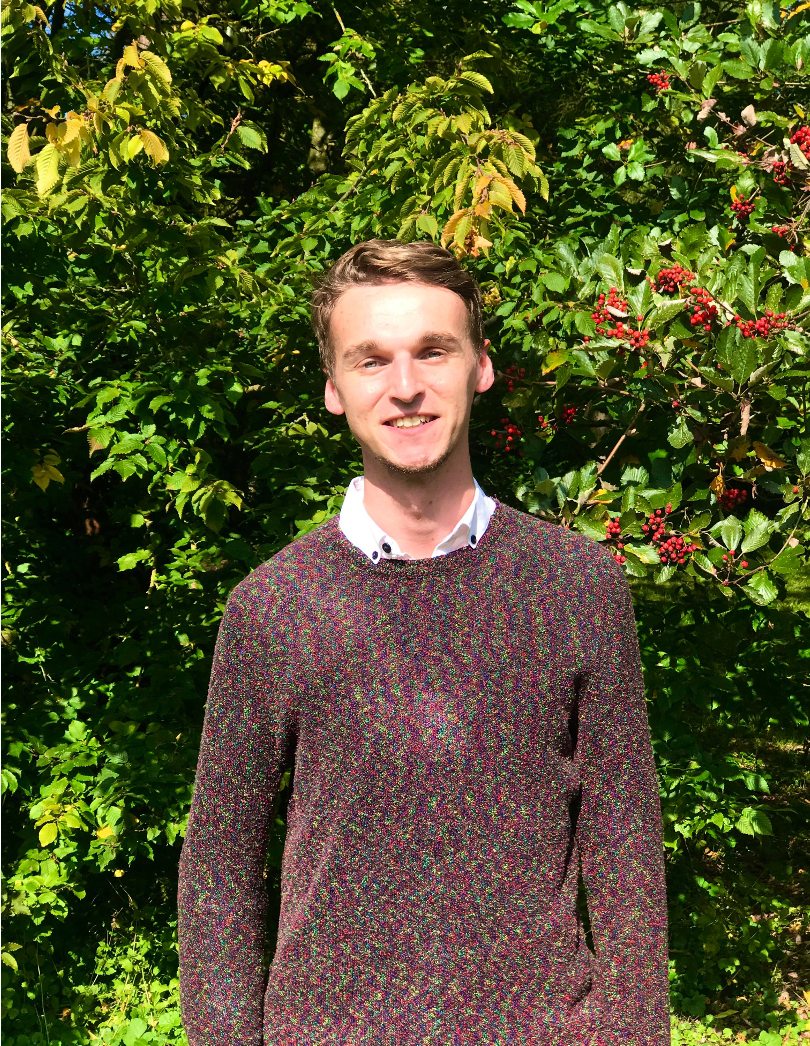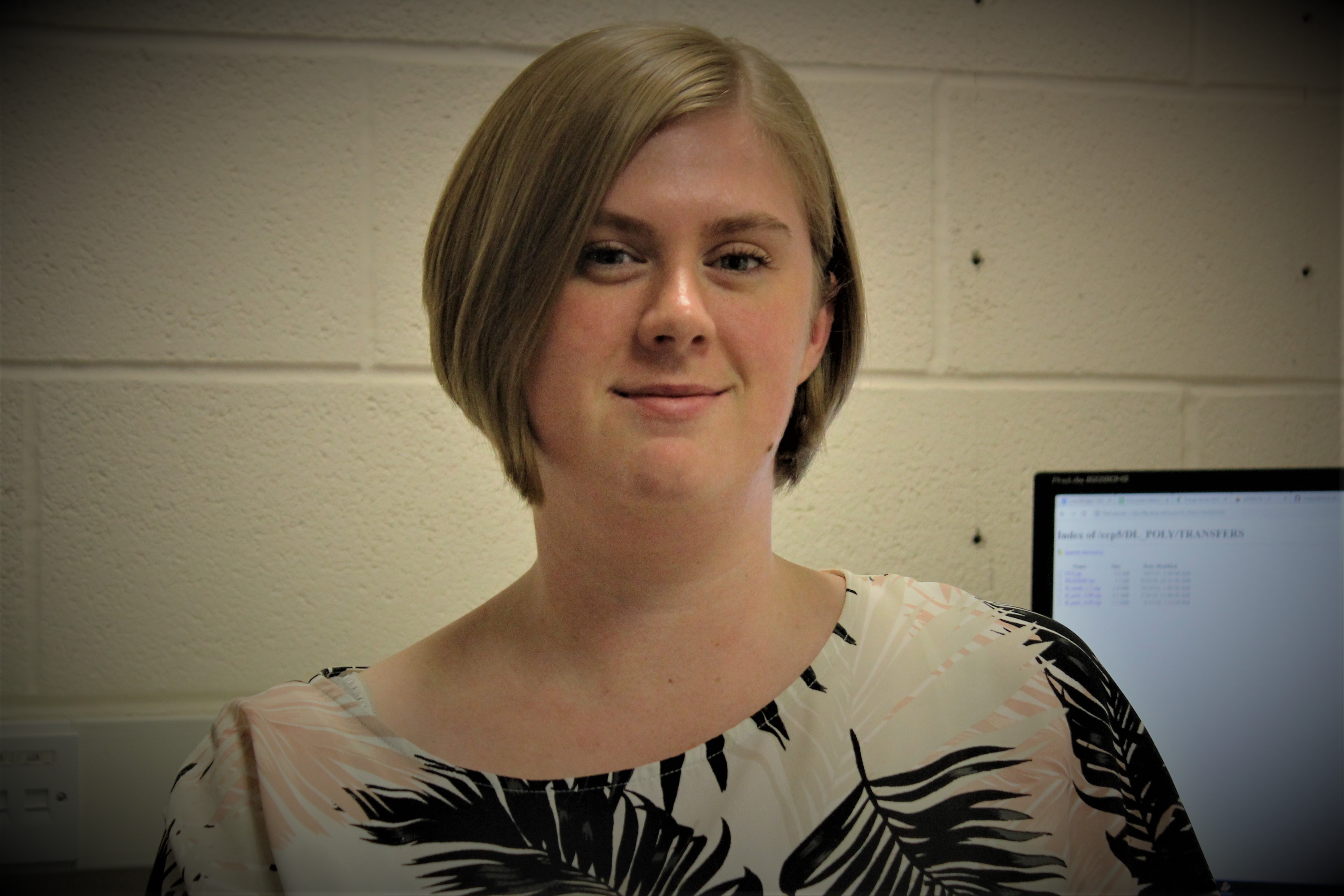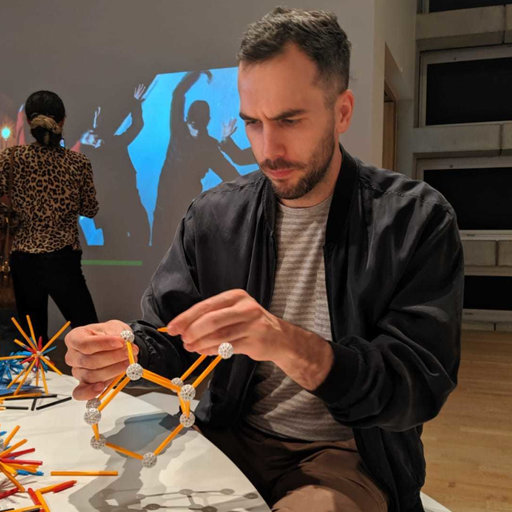The Morgan Group at The University of Bath develops and applies techniques for modelling functional materials. The group focuses on investigating solid state electrolytes and cathode materials.
News
-
September 30, 2020
There is a Research Associate vacancy here in the Morgan Materials Modelling Group, in combination with The Saiful Islam Group here at Bath. This position involves atomistic and density functional theory modelling of lithium battery materials. The successful applicant will be working on the Faraday Institution CATMAT project, in collaboration with research groups at the Universities of Bath, Birmingham, Cambridge, Liverpool, and Oxford and Diamond Light Source. Further information on the position can be found at https://www.bath.ac.uk/jobs/Vacancy.aspx?ref=CC7831 .
-
September 25, 2020
This week we welcome three new PhD researchers to the Morgan Materials Modelling group. Hollie Richards joins us after completing a Chemistry MChem from the University of Nottingham, and Luke Rose and Benedek Goldmann join the group after both completing a Chemistry with Industry Training MChem here at the University of Bath. We look forward to working with you, and hope you enjoy your PhD journeys with us!
-
March 18, 2020
There is currently an opportunity to start a PhD project on “High Energy Density Li-ion Cathodes: Computational Insights and Discovery of New Mixed-Anion Materials” within the group. This project is funded by the Faraday Institution. For further information on the project, please visit: https://www.findaphd.com/phds/project/high-energy-density-li-ion-cathodes-computational-insights-and-discovery-of-new-mixed-anion-materials/?p120209
-
January 31, 2020
There is currently an opportunity to start a PhD project on “Computational Discovery of Conduction Mechanisms in Lithium-Ion Solid Electrolytes” within the group. For further information on the project, please visit: https://www.findaphd.com/phds/project/computational-discovery-of-conduction-mechanisms-in-lithium-ion-solid-electrolytes/?p112610
Research
From Atomistic to continuum models of Interfaces in Li-ion Batteries
To investigate the role of defect interactions and grain boundaries in Li-ion solid state electrolytes. By elucidating the effects of these two structural components, space-charge regions in these materials can hopefully be appropriately modelled; thus allowing for the true resistive effect of grain boundaries to be understood.
Computational Modelling of Defects in Battery Materials
Understanding the chemistry of battery materials can be challenging even considering the stoichiometric system, yet defect chemistry can play an important part in defining their properties. This project aims to use first principles techniques to model the both kinetics and thermodynamics of defects in current and next generation battery materials in order to gain greater insight into material properties.
Computational Modelling of Elementary Processes at Surfaces and Interfaces
My current research project involves computational modelling of NMC cathode materials to understanding their applicability in long-range electric vehicles as well as for future all-solid stae batteries. I study the structure, stability and electronic properties, the surface stabilization mechanism and the origin of degredation in NMC811. I employ first principles DFT approaches in order to elucidate these properties. The project is part of the Multi-Scale Modelling project funded by the Faraday Institution.
Cluster expansion to inform cathode material development
Sam is one of the groups three postdocs operating in the CATMAT project. Sam’s project focusses on working with experimental collaborators to discover and develop new cathode materials, by performing DFT informed cluster expansions on the materials of interest. By doing this we can better understand the materials of interest’s synthesis and properties. The aim of the project is to integrate rigorous theoretical treatment of materials into the cathode discovery process, and therefore inform decisions made by experimental collaborators.
Molecular Dynamics Modelling of NMC Cathode Materials
Electrochemical energy storage plays a key role in society transitioning into the wider use of renewable energy sources. With electric vehicles becoming a more preferred mode of transportation on the grounds of efficiency, cost, and environmental footprint, improvement of battery materials becomes vital to this transition. As part of a larger consortium (Faraday Institution) my research focuses on the molecular dynamics modelling of Li(NiMnCo)O2, a cathode material, to gain greater insight into the material properties. Currently my work focuses on the Li diffusion in the system and the conditions which affect it, with a further aim to build an extensive database of the material properties under different conditions.
Cluster expansion and hybrid density functional theory to inform cathode material development
Kit is a member of the Faraday Institution-funded CATMAT project. His project centres on the computational design of new, high power and high energy density lithium-ion battery cathode materials, composed of earth-abundant and non-toxic elements.










